The Space Shuttle is undoubtedly one of the greatest achievements of the Space Age. While the programme may have suffered problems from start to finish and didn't always receive entirely positive coverage in the press, NASA's first reusable spacecraft laid the groundwork both for a boom in spaceflight and a greater understanding of how our Universe works.
The first Space Shuttle launched in 1981 and the programme's final mission landed in 2011. Over 30 years, 135 missions gave humanity a wealth of knowledge and experience about how to live, work and travel in zero gravity.
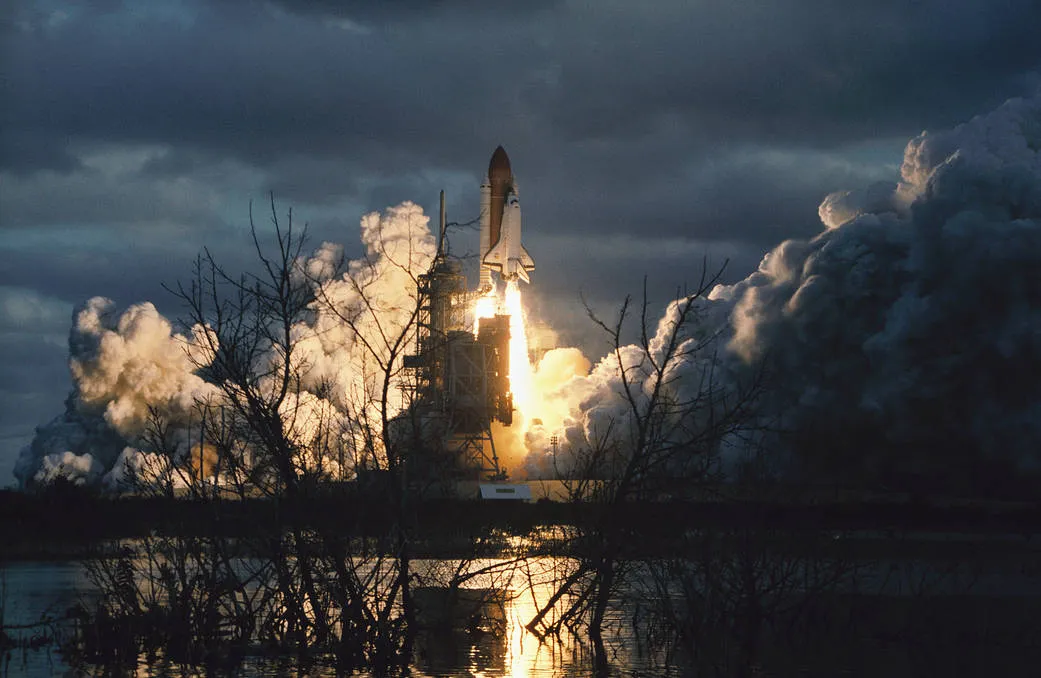
For many, of course, the Space Shuttle will always be remembered for the Challenger and Columbia disasters that claimed the lives of 14 crew members.
But the program also saw the launch of the Hubble Space Telescope, the Chandra X-ray Observatory, numerous space science experiments and, of course, the construction of the International Space Station.
As NASA continues to look beyond low Earth orbit and towards a permanent presence on the Moon as well as putting human feet on Mars, the lessons learned from the 3 decades of the Space Shuttle are invaluable.
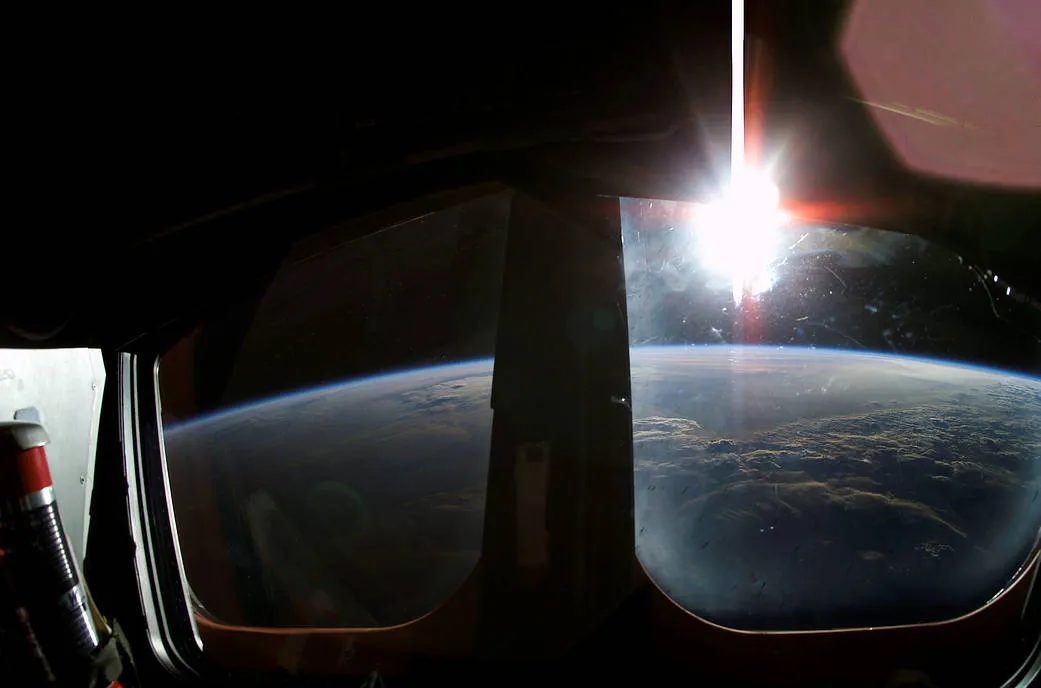
What was it like working at Mission Control in the Space Shuttle era, and what is its ultimate legacy?
Paul Dye is NASA's longest-serving Flight Director and was involved in 39 missions before retiring from NASA in 2013. His new book Shuttle, Houston is published by Hachette Books and gives a behind-the-scenes look at the highlights, successes and challenges during a pivotal era in NASA's history.
We spoke to Dye find out more about the legacy of this incredible epoch in spaceflight.
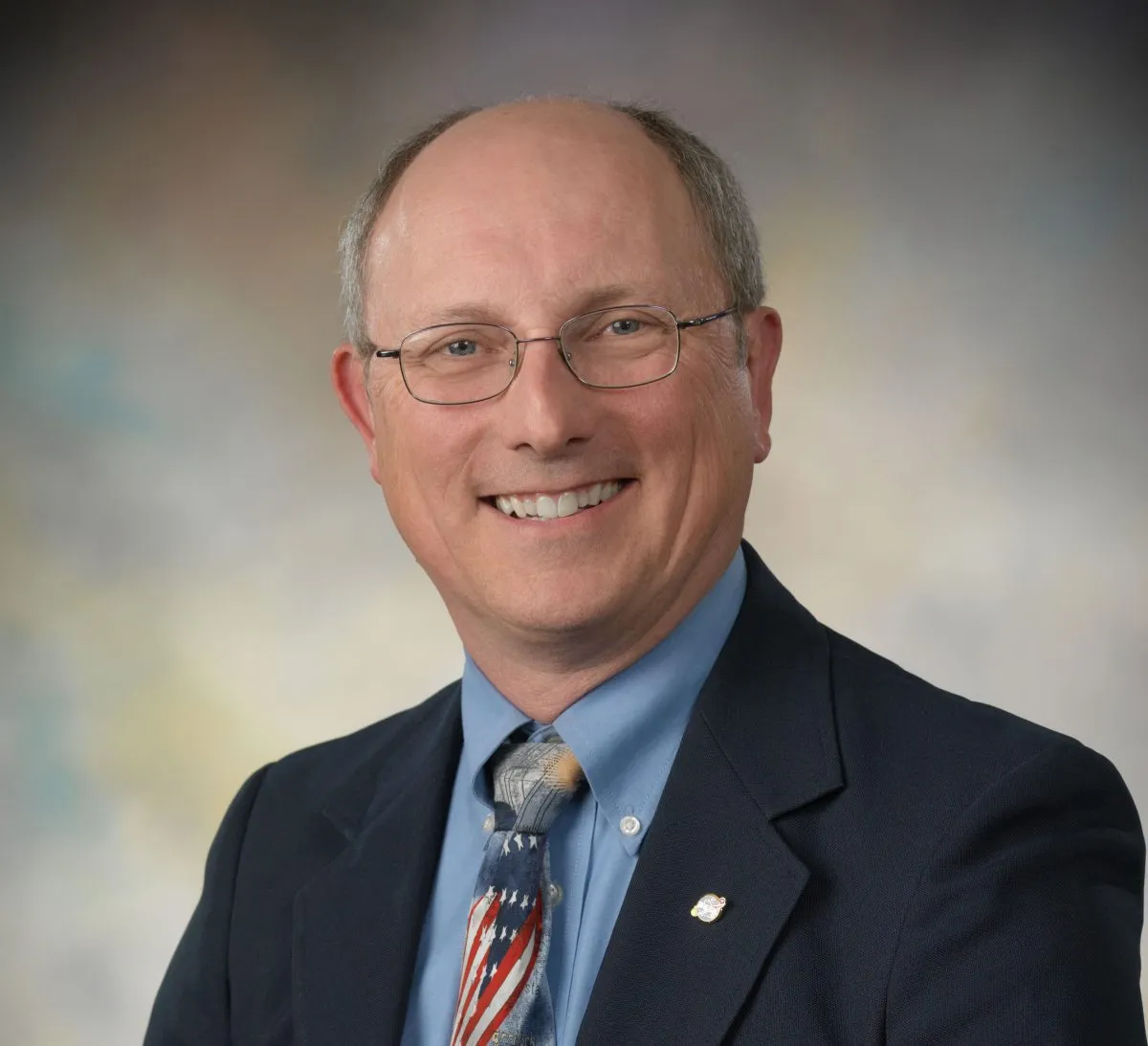
What is the legacy of the Space Shuttle programme?
Aside from 30 years of flight experience and data on flying large, winged vehicles into space and back, and the many different payloads carried in to (and back from) space, the biggest, most lasting legacy is probably the International Space Station, orbiting continuously now for about 20 years and continuously providing a home in space for humans.
The Shuttle was conceived as a way to build and service a low earth orbit space station, and that is what it eventually did.
And of course, what that really means is that humanity now considers space as part of its environment – a place we can go, explore, and use. That is what the Space Shuttle brought us – the knowledge that we are a spacefaring species.
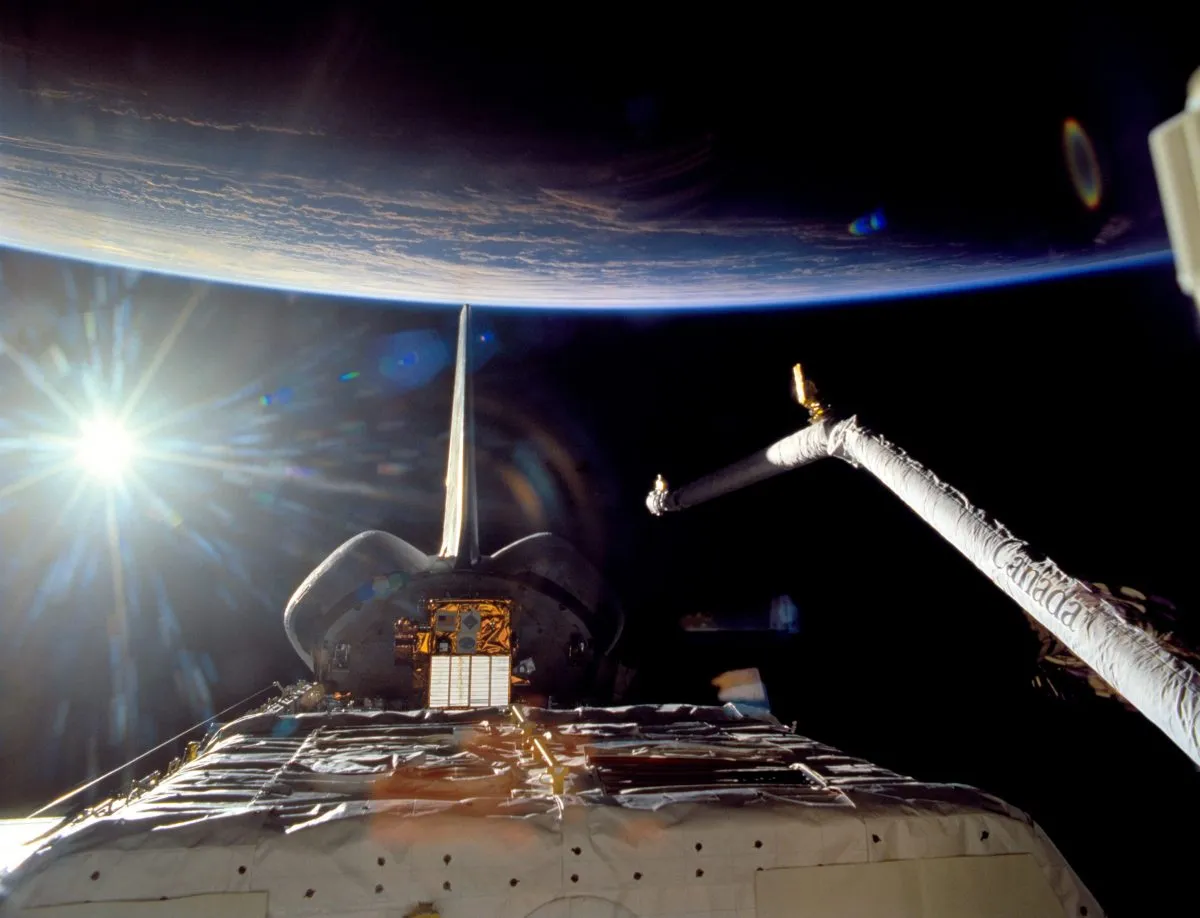
How did you cope with the responsibility of being in charge of human lives and such mammoth equipment during those daring missions?
It helps a lot that we train so hard and so long that what we did simply became our normal life. And Flight Directors are selected to be exceptionally good at 'compartmentalisation' – having the ability to concentrate on a specific thing and exclude all others.
We worked to be accurate, precise and correct, and if you did that then you automatically preserved the lives of the crew and the vehicles in which they flew.
We were conscious, of course, of the risks involved, but you had to put that out of your mind and expect excellence of everyone on the team (including yourself) to accomplish the mission.
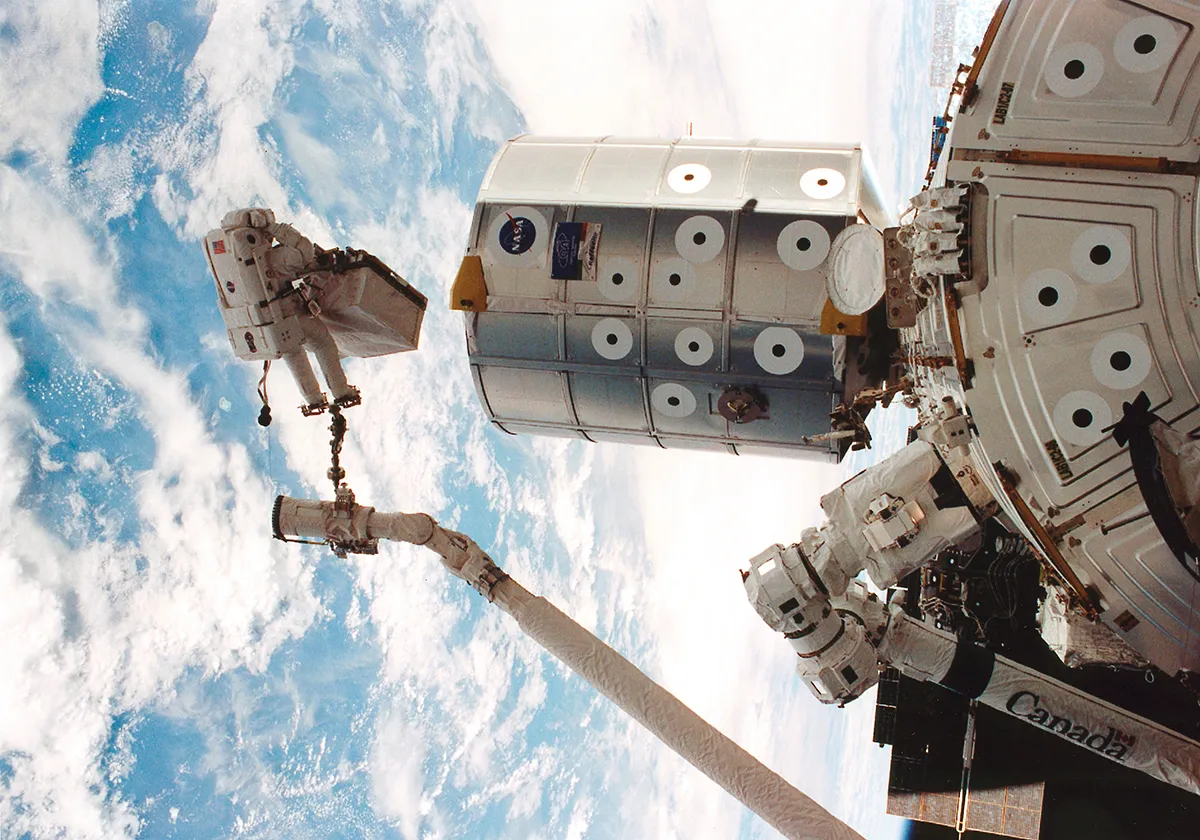
What were some of the tensest moments during your time as Flight Director?
I guess the obvious answer is during dynamic flight phases (ascent and entry) when things can go wrong very badly, and very suddenly.
But there are times in orbit as well, such as when the Shuttle is manoeuvring for docking with a space station.
Things happen very slowly for a reason – you have to be very careful not to damage the delicate solar arrays with the manoeuvring jets, and also careful not to bump into anything.
The same thing is true when moving big, oddly-shaped payloads around with the big robot arm. Space hardware is often very delicate, and the slightest bump can do damage, so everything is done precisely and slowly. Those times can easily be defined as 'tense'.
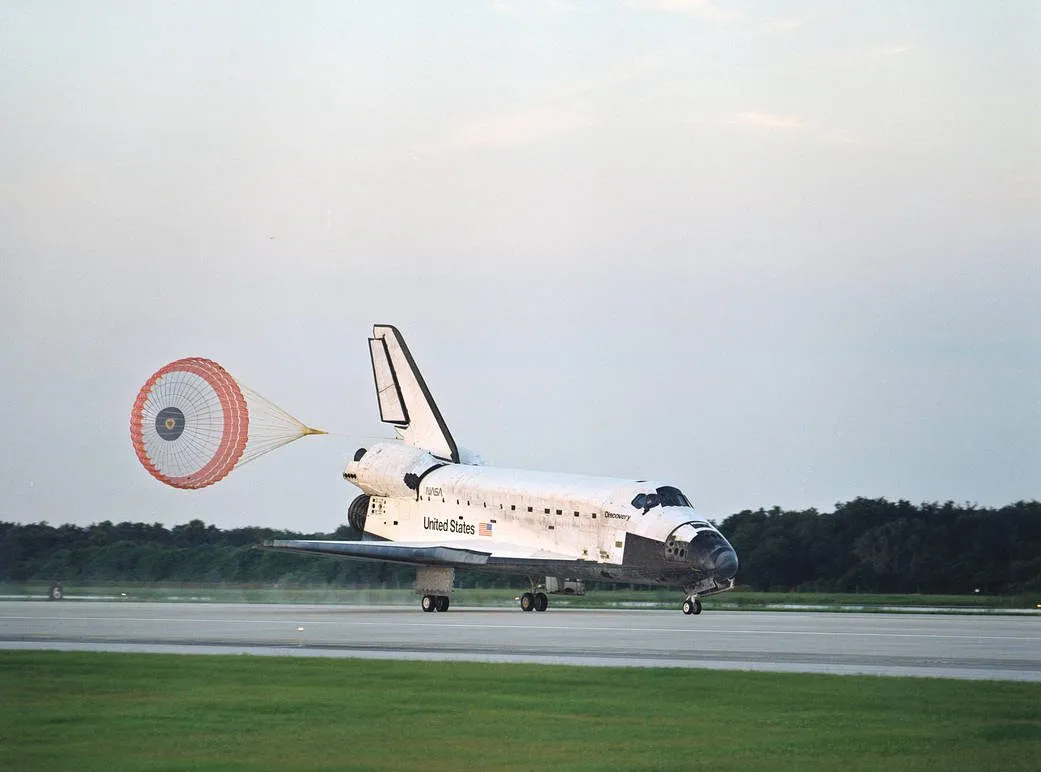
What were the highlights of the Shuttle program?
You can look at the highlights of the program as missions that were achieved: the Hubble deployment and servicing missions that have given a window into the distant Universe, the completion of the ISS, which serves as a permanent human presence (and laboratory) in space.
But there were also smaller payloads that have revolutionised science in many fields, and the technological developments that came out of a robust space program that appeared in every day life.
Personally, every launch and landing were a highlight for me because they signified an incredible amount of hard work, training and creativity on the part of thousands of people, and because the shear audacity of launching a 250,000 lb. winged vehicle into space and bringing it back each time simply made this old-time aviator smile.
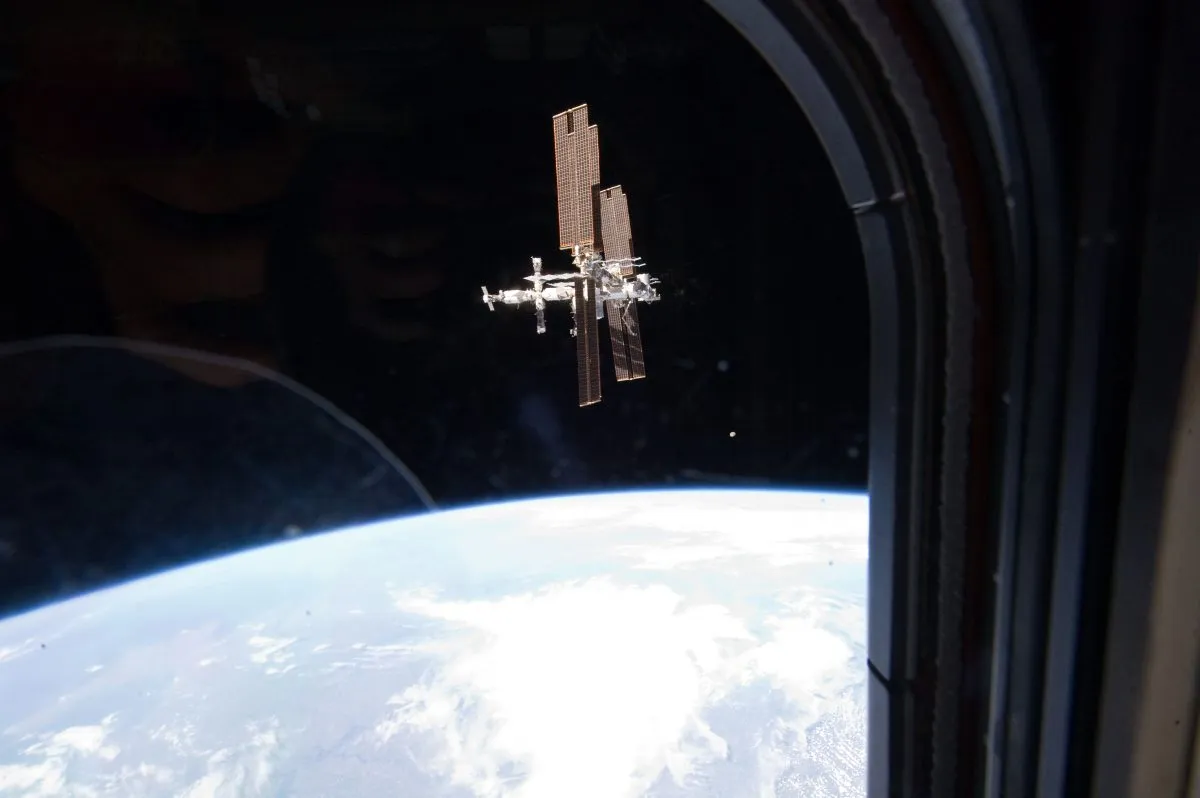
What's your view on NASA's Commercial Crew program?
I am incredibly happy to see the commercialisation of access to space and am cheering on the companies that are making it work.
NASA’s pursue is exploration and research, developing technology that can be used by anyone that cares to use it for commercial purposes.
Enabling a transportation industry is what NACA did back in the 1930s to foster safe, efficient and reliable air transportation.
NASA now is in the process of doing the same thing for commercial space transportation – which will allow NASA to get on with cutting edge exploration once again. I am all for it and enjoy watching.
Shuttle, Houston: My Life in the Center Seat of Mission Control by Paul Dye is available now via Hachette Books, priced £20.
